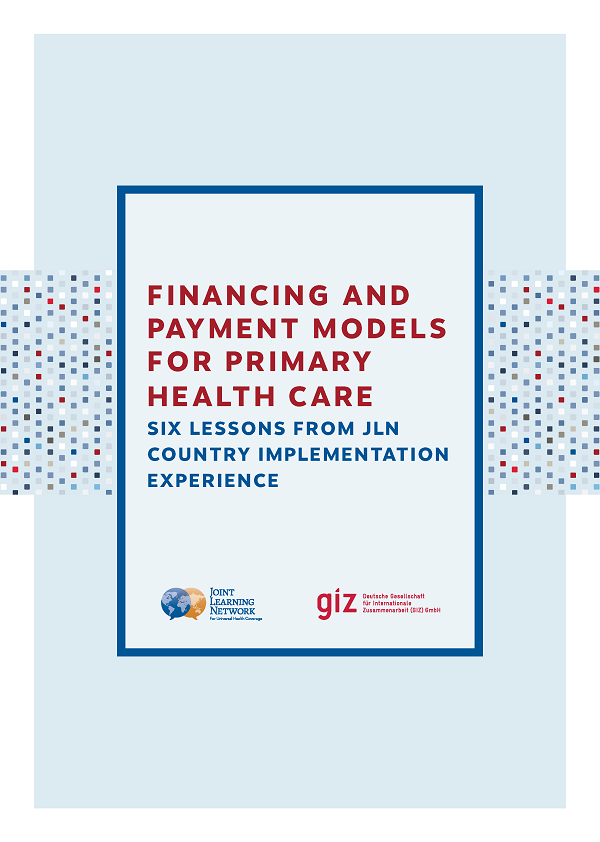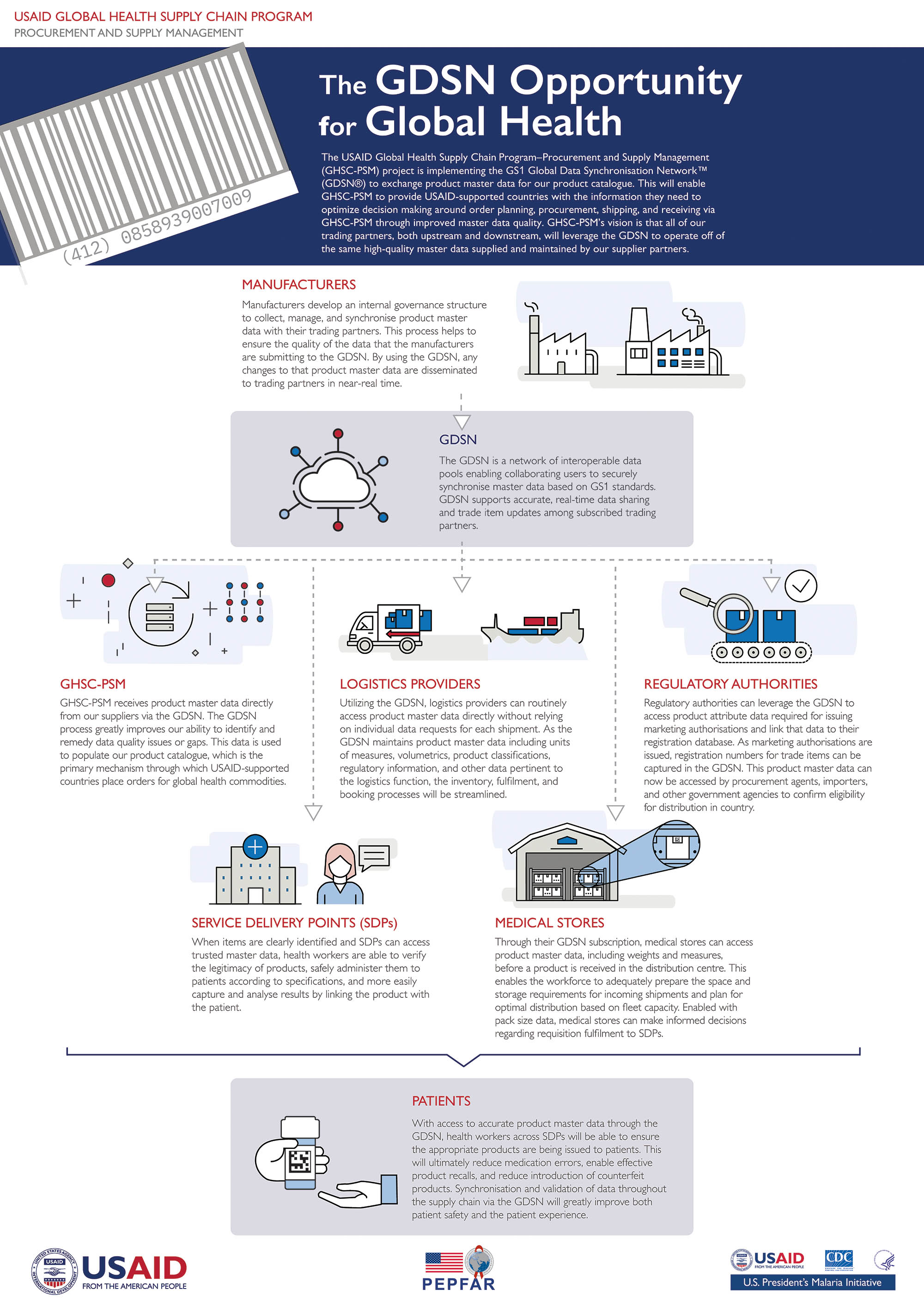Primary care financing has emerged as a critical focus in the healthcare landscape, particularly as the demand for accessible and comprehensive medical services continues to soar. In response, innovative payment models, such as the new ACO PC Flex, are being developed to reshape how primary care is funded, prioritizing preventative care and maintaining patient health. By utilizing a prospective payment system, this approach incentivizes primary care providers to allocate resources strategically, ensuring they can address health concerns before they escalate into costly hospital visits. The push for primary care reform is also being bolstered by healthcare innovation that addresses the systemic flaws in the current reimbursement models, which often undervalue the importance of primary care. Ultimately, enhancing primary care financing is not just about economics; it’s about fostering a sustainable healthcare ecosystem that benefits patients and providers alike.
The funding structure for frontline healthcare services, often referred to as primary care payments, plays a pivotal role in shaping patient outcomes and provider satisfaction. As healthcare demands evolve, the traditional mechanisms of compensation are being challenged, prompting discussions around accountable care frameworks and their impact. Prospective payment systems, particularly those included in initiatives like ACO PC Flex, aim to redefine how clinicians manage patient care, encouraging a shift from reactive to proactive health management. By integrating preventative measures into the payment structure, these reforms seek to alleviate the burdens faced by practitioners and ultimately enhance the quality of care delivered. As we explore the landscape of primary care financing and the innovations circling it, we can better understand the potential pathways toward improved healthcare delivery.
Understanding Primary Care Financing
Primary care financing is a critical element in the broader healthcare ecosystem, especially in the United States. The increasing demand for primary care services amid a dwindling number of available physicians highlights a significant challenge in ensuring effective healthcare delivery. Many health experts argue this system is in crisis, where reimbursement models are structured to favor specialist care over primary care. This imbalance leads to underfunded primary care services, which could otherwise prevent serious health issues and reduce hospitalizations.
With initiatives like the ACO PC Flex being introduced, there is hope for reversing this trend. This fresh approach to primary care financing emphasizes prospective payment, which allows for more proactive patient care. Such innovative models are essential in ensuring that primary care physicians receive fair compensation that reflects the importance of their role in patient health. As financing structures evolve, they should strive to prioritize comprehensive care over volume, fostering a healthier healthcare environment.
The Role of ACOs in Primary Care
Accountable Care Organizations (ACOs) represent a shift in how we think about primary care payments. The innovative structure of ACOs allows for shared savings — if a physician group maintains healthcare costs under a predetermined limit while providing quality service, they can benefit financially. This model incentivizes preventive care and seeks to keep patients out of the hospital, which not only improves the patient’s experience but also reduces overall healthcare costs.
With the introduction of ACO PC Flex, the potential benefits of ACOs are magnified. This new framework offers upfront payments to primary care providers, which is a significant change from the prevalent fee-for-service model. The early funding allows practices to invest in the necessary infrastructure that can facilitate high-quality care. By focusing on patient health maintenance and chronic disease management, ACOs can align their financial incentives with patient outcomes, ultimately addressing the underlying issues plaguing the primary care system.
Prospective Payment System Explained
The prospective payment system (PPS) is an essential concept in healthcare financing that has significant implications for primary care. Under this model, providers receive a predetermined payment before services are rendered, which differs from traditional fee-for-service models that pay per encounter. This structure can create more stability for primary care practices, allowing them to invest in patient care and preventative services instead of reactive treatment.
ACOs are increasingly adopting prospective payment methods to enhance their operational frameworks. By providing funds upfront, these organizations reduce the financial risk associated with providing comprehensive care. This model encourages providers to deliver a higher quality of service while managing costs efficiently, which is crucial in light of the growing healthcare demands in the U.S.
Challenges Facing Primary Care Providers
Despite the innovations in financing and payment models, primary care providers continue to face several persistent challenges. The overwhelming volume of medical information can lead to burnout among clinicians, affecting the quality of care that patients receive. Furthermore, the corporate ownership of many primary care practices often compounds existing pressures, as these entities prioritize profitability over patient-centered care.
Moreover, the disparities between payments received by primary care doctors compared to specialists exacerbate these challenges. For many years, specialists have enjoyed higher reimbursement rates, which can discourage new practitioners from entering primary care fields. Hence, even with models like ACOs, there’s still a need for systemic reforms in how primary care is valued and compensated across the healthcare spectrum.
Primary Care Reform Initiatives
Primary care reform is essential for the revitalization of health systems across the United States. Proponents of primary care reform argue that shifting the focus away from specialists to enhance primary care resources can drastically improve patient outcomes. Through policy changes and financial incentives, initiatives like the ACO PC Flex aim to transform how primary care is delivered and compensated, aligning practice incentives with the well-being of patients.
Investments in primary care reform are not just about financing but also about improving the infrastructure which supports healthcare delivery. Better access to primary care can reduce hospital visits and long-term healthcare costs while promoting a healthier population. By championing reforms that prioritize primary care access and funding, we can start to build a more effective and responsive healthcare system.
Healthcare Innovation in Primary Care
Innovations in healthcare are reshaping the landscape of primary care, with an emphasis on models that support better patient outcomes. The integration of technology into primary care practices can streamline operations, enhance communication, and improve patient engagement. Telemedicine, in particular, has emerged as a vital tool that allows physicians to extend their reach and provide quality care to a broader audience.
Moreover, innovative models like ACOs support collaboration between healthcare providers, ensuring that care is coordinated and comprehensive. These models harness healthcare data to drive decision-making and foster a culture of preventive care, which is essential for long-term population health. The ongoing push for healthcare innovation must remain focused on primacy care to ensure that it evolves with the changing dynamics of patient needs.
The Importance of Preventative Care
Preventative care is fundamental in addressing the challenges faced by the primary care sector. By prioritizing this approach, healthcare providers can detect early signs of health issues, allowing for timely intervention that can significantly reduce costs and improve health outcomes. This shift requires adequate financing and a commitment to smooth the transition toward a more proactive mode of healthcare delivery.
The ACO PC Flex model exemplifies the efficiency that preventative care can achieve when properly funded. With upfront payments, providers can focus on educating patients on healthy lifestyle choices, routine check-ups, and early screenings, leading to a healthier society overall. By embedding preventative care deeply into the primary care structure, we can gradually reverse the trends that have led to today’s healthcare challenges.
Collaborative Care Models in Primary Care
Collaborative care models are gaining traction in primary care settings, focusing on an integrated approach that involves a team of health professionals working together. This method improves access to care and enhances patient outcomes, as it includes a blend of medical, psychological, and social health services that address the comprehensive needs of patients. ACOs exemplify how collaborative efforts can lead to more effective healthcare delivery, aligning varying specialties toward common goals.
The success of collaborative care hinges on effective financing, which both incentivizes teamwork and streamlines funding across the care continuum. By creating financial structures that reward collaboration rather than competition, we can develop a more robust primary care system rooted in inclusivity and efficacy, ensuring that all patients receive the holistic care they deserve.
Looking Towards the Future of Primary Care
The future of primary care is contingent on innovative financing strategies and a collective commitment to reform. As the healthcare landscape evolves, there is a growing recognition that models such as ACOs and prospective payment systems must be standard rather than exceptions. This vision includes a healthcare system where primary care receives equitable funding comparable to specialty care, fostering a healthier population and reducing costs overall.
Additionally, as healthcare innovation continues to advance alongside societal needs, the models that prioritize patient-centered care will likely inform policy decisions and funding debates. The push for primary care reform must remain vigilant, advocating for approaches that embrace technology, preventative care, and collaborative practices, ensuring that the system works for all patients in every community.
Frequently Asked Questions
What are the key components of the primary care payment model in the U.S.?
The primary care payment model in the U.S. is evolving, particularly through innovations like Accountable Care Organizations (ACOs) and prospective payment systems. These models aim to incentivize high-quality care while controlling costs. By shifting focus from volume to value, the goal is to enhance primary care financing and healthcare innovation that addresses patient needs effectively.
How does the ACO PC Flex initiative impact primary care financing?
The ACO PC Flex initiative represents a significant shift in primary care financing by providing upfront payments to primary care providers based on expected patient needs. This prospective payment model encourages physicians to focus on preventive care, thereby improving patient health outcomes and reducing overall healthcare costs, while ensuring better resource allocation within primary care.
What are the benefits of transitioning to a prospective payment system for primary care?
Transitioning to a prospective payment system offers multiple benefits, including increased financial stability for primary care practices and enhanced focus on preventative healthcare. By receiving payments before services are rendered, providers can allocate resources more efficiently and prioritize patient counseling and preventive measures, which can ultimately reduce the need for expensive hospital visits.
In what ways does primary care reform seek to address healthcare costs?
Primary care reform aims to address healthcare costs by implementing payment models that incentivize cost-effective care. The introduction of ACOs and the prospective payment system is designed to provide financial incentives for primary care providers to maintain the health of their patients, reduce hospitalization rates, and improve overall care delivery, ultimately leading to lower healthcare expenses.
How do ACOs help improve primary care financing and patient care?
Accountable Care Organizations (ACOs) improve primary care financing by allowing physicians to share in the savings generated from reduced hospitalizations and efficient care delivery. This model encourages primary care providers to invest in patient management strategies that enhance care quality and promote healthier outcomes, thereby aligning financial incentives with patient wellness.
What challenges does primary care financing currently face in the U.S.?
Primary care financing in the U.S. currently faces challenges such as low reimbursement rates compared to specialty care, high patient volumes, and an increased burden of administrative tasks. These issues can hinder the ability of primary care providers to deliver comprehensive and quality care, making reforms like prospective payment systems essential for addressing these systemic problems.
How does healthcare innovation influence primary care payment models?
Healthcare innovation plays a critical role in reshaping primary care payment models by introducing new technologies and methodologies that enhance care delivery. Innovations such as telemedicine, data analytics, and integrated care approaches can improve efficiency and patient outcomes, which in turn influences payment models by demonstrating the value of investment in primary care financing.
Will ACO PC Flex replace traditional primary care reimbursement methods?
While ACO PC Flex represents a promising advancement in primary care reimbursement models, it’s uncertain if it will completely replace traditional methods. Its success in enhancing primary care financing and improving patient outcomes may lead to broader adoption, potentially influencing other reimbursement models in both Medicare and commercial insurance sectors.
| Key Points | Details |
|---|---|
| Primary Care Crisis | Demand for primary care is increasing while the supply of practitioners is dwindling. |
| Low Reimbursement Rates | Primary care doctors are underpaid compared to specialists, leading to financial strain on practices. |
| Accountable Care Organizations (ACOs) | These models incentivize high-quality care at lower costs, attempting to keep patients healthy and out of hospitals. |
| ACO PC Flex Initiative | A new program that pays ACOs upfront to enhance primary care services and prevent hospitalizations. |
| Prospective Payment System | Payment is made before services are delivered, increasing funds available for primary care. |
Summary
Primary care financing is currently facing significant challenges, as the demand for services grows while the availability of physicians continues to decline. The ACO PC Flex initiative represents a promising evolution in primary care financing, aiming to improve health outcomes and reduce costs by incentivizing higher quality care through proactive payment structures. By addressing these financial issues and reallocating resources effectively, we can enhance the capabilities and efficiency of primary care, ultimately leading to healthier communities.



